Fine Lines Vs Wrinkles: 11 Effective Treatments
Stay young for long by knowing your signs of aging inside out and how to deal with them!
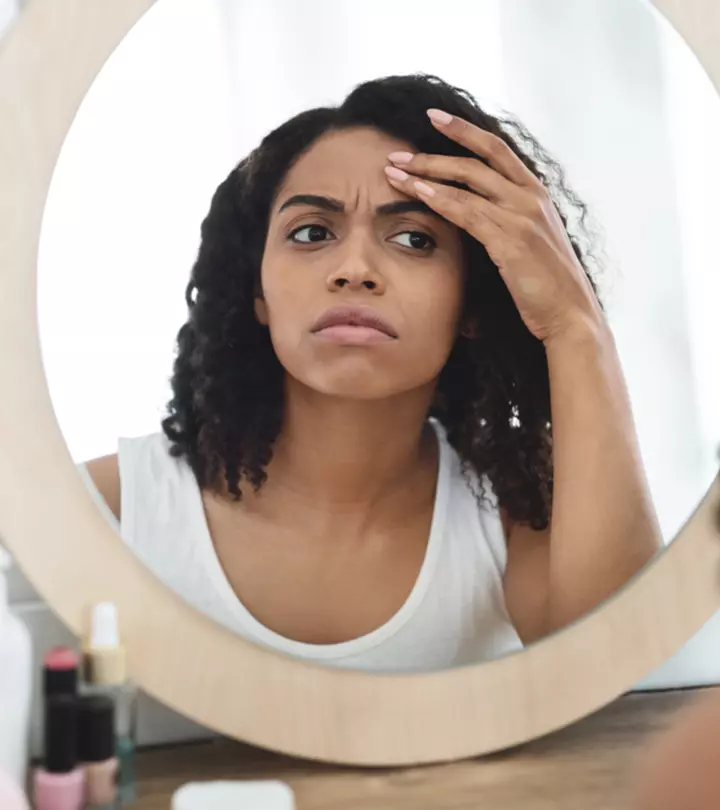
Image: Shutterstock
Many people don’t know the difference between fine lines and wrinkles. These two types of creases form on your face as you get older. They are prevalent indications of aging that frequently frustrate people. You need to know the difference between them to deal with them accordingly.
In this article, we will go through the differences between fine lines, what causes them, and how to get rid of fine lines and wrinkles on the face effectively. Keep reading!
In This Article
What Are Fine Lines?
Fine lines are the initial signs of wrinkle formation that appear with age. They emerge from a natural and continuous process that usually starts when you reach your mid-20s. This process is characterized by mild textural changes resulting in subtly accentuated skin lines (1). These lines often form around your mouth, near your eyes, and in those areas of your face that experience movement when you laugh, squint, smile, frown, or make any facial expression.
You may not usually notice these fine lines. However, they are visible when you make facial expressions since your skin starts to reveal them. Wrinkles less than 1 mm in depth and width are defined as fine lines (2). But these fine lines can turn into deep wrinkles if not treated on time.
Key Takeaways
- Fine lines and wrinkles are the signs of aging, and fine lines are the initial signs of wrinkle formation.
- Hormonal factors, genes, toxins, chemicals, and sun exposure are some of the common causes of fine lines and wrinkles.
- You can slow down the formation of these aging signs by using aloe vera, olive oil, and topical vitamin C.
- Retinoids, topical collagen, and hyaluronic acid are the other effective skin care ingredients that you can use for fine lines and wrinkles.
What Are Wrinkles?
Wrinkles refer to the visible folds, creases, or ridges on your skin (2). They may appear fine, moderate, or deep-set (1). Facial wrinkles often form on your cheeks, forehead, neck, eyelids, upper lip line, and near the eyes and mouth (1), (3).
Wrinkles more than 1 mm deep or wide are called coarse wrinkles (2). Such wrinkles are deep enough to be easily visible on your face even when in a neutral position. However, some of them may become visible only when you make any facial expression. Wrinkles can cause deep creases to appear on your skin if their progress is not checked right in the initial stages.
Now that you know about fine lines and wrinkles, let us understand what causes them to appear on your skin.
What Causes Fine Lines And Wrinkles?
A variety of factors can lead to the formation of fine lines and wrinkles. These may include intrinsic factors like your metabolic processes, genes, and hormones, and extrinsic factors like pollution, toxins, chemicals, and sun exposure (2), (4).
Some of the common causes of fine lines and wrinkles on the face are as follows:
- Age
Human skin derives its strength and suppleness from two proteins called collagen and elastin. With age, your body starts losing its ability to produce these proteins in large quantities. As a result, your skin loses its suppleness and elasticity and experiences wrinkles. Further, your skin has a fat layer below its surface that maintains its structure and form. This layer could thin out with age and cause the skin to sag and form creases.
- Sun Exposure
Sun exposure causes your skin to experience the effects of ultraviolet (UV) radiation. Damage caused by UV rays includes wrinkles, pigment irregularity, brown spots, and red patches, among other skin issues (2).
- Air Pollutants
Exposure to air pollutants can have a significant impact on skin aging. The pollutants may cause wrinkle formation as well (2). Exposure to outdoor air pollution, including air pollutants from vehicles, can cause premature skin aging and wrinkle formation (5). Additionally, indoor air pollution may also directly impact skin aging, leading to wrinkles and pigment spots (6).
- Smoking
Current smokers tend to have more facial wrinkles than non-smokers and past smokers. A lifelong smoker has twice the risk of getting moderate to severe wrinkles compared to that in smokers who have been indulging in this unhealthy habit for a shorter period (2), (5), (7).
- Repeated Facial Expressions
Facial expressions, when repeated frequently, may also cause wrinkles on your face (1), (5), (8). For instance, squinting is one of the most common reasons people have fine lines around their eyes. Frequent frowning leads to deep wrinkles and creases, often between the brows and on the forehead (5).
Wrinkles are categorized into four major types. We have discussed them in the next section.
What Are The Different Types Of Wrinkles?
Atrophic Crinkling Rhytids Atrophic wrinkles are fine lines that occur on your skin due to the loss of skin elasticity. They may appear on any part of your face or body. But these wrinkles disappear when you change your body posture or move your body (9), (10).
- Permanent Elastotic Creases
Elastotic wrinkles refer to those creases on your skin that may gradually become permanent. Exposure to the sun further increases this risk. These wrinkles often appear on the cheeks. They may also appear at the base of the neck or on the upper lips (9), (10).
- Dynamic Expression Lines
Dynamic expression lines appear due to facial muscle contractions. These wrinkles are also known as smile lines or frown lines. They may become permanent due to repeated muscle contraction (9 ), (10).
- Gravitational Folds
Gravitational folds or wrinkles occur when time and gravity start taking their toll on your skin. As a result of these factors, your skin may begin to sag and form wrinkles (9), (10).
Expression lines are most often confused with sleep wrinkles. However, there are a few differences between the two.
What Is The Difference Between Expression Lines And Sleep Wrinkles?
Expression lines and sleep wrinkles are caused by fault lines that develop due to skin distortion. More specifically, expression lines happen as a result of repeated facial expressions. But sleep wrinkles occur due to the mechanical compression that happens during sleep. Expression lines and sleep wrinkles differ in causes, anatomical patterns, and locations (11).
 Quick tip
Quick tipSkin aging and wrinkle formation are natural processes that you cannot stop. But you can slow down their progress. In the next section, we discuss a few natural home remedies to treat your fine lines and wrinkles. Take a look.
How Do You Treat Fine Lines And Wrinkles?
- Use Aloe Vera
Aloe vera may help reduce facial wrinkles. Taking an aloe vera supplement daily may stimulate collagen production in your skin and reduce facial wrinkles (12). This natural ingredient is a popular home remedy to get wrinkle-free skin and can be easily incorporated into your skincare routine.
- Use Olive Oil
You may slow down wrinkle formation by including olive oil in your diet. Olive oil contains compounds that may improve collagen levels in your skin and reduce wrinkles (13).
- Use Topical Vitamin C
Vitamin C helps improve skin collagen levels. Topical application of vitamin C may also reduce wrinkling (14). If you want to know how to get rid of frown lines and other expression lines quickly and effectively, incorporating a vitamin C serum into your skincare routine can be a game changer.
- Follow A Healthy Diet
Healthy eating habits may help reduce fine lines and wrinkles too. Include plenty of fruits in your diet and avoid junk foods and processed meats (15).
 Quick tip
Quick tip- Use Sun Protection
Protecting your skin from sun exposure is one of the best ways to reduce wrinkles and fine lines. Apply sunscreen and wear a wide-brimmed hat before stepping into the sun. These help protect your skin from the harmful UV light.
- Use Topical Lotions And Creams
Lotions and creams containing retinoids can stimulate the production of collagen in your skin. This collagen can help reduce fine lines and wrinkles on the forehead, cheeks, neck, and other areas of your face and body (16).
Marlena Stell, a YouTuber, details her anti-aging routine and how she has benefitted from it. She claimed that Tretinoin played a significant role in transforming her skin. She added, “This has helped with skin texture, my pores. I started when I was 28. Six months since I started using it, my pores started shrinking (i).”
- Consider Dermal Fillers
Dermal fillers are an effective treatment for reducing fine lines and wrinkles. These comprise non-surgical methods where fillers are injected into your skin to diminish wrinkles. However, they are not a permanent solution and you may have to repeat the treatment when the effect wears off. Fillers have been approved by FDA for wrinkle management (17).
- Opt For Laser Treatment
Laser treatment can help strip away the upper layer of your skin to reveal the inner layer. You can use this treatment to reduce wrinkles and stimulate collagen formation (18).
- Go For Botulinum Toxin Injections
Botulinum toxin injections cause localized muscle relaxation and reduce expression lines on your face (19). But you need to keep in mind that this treatment is also temporary. You may have to repeat the procedure after a few months.
- Avoid Smoking
Smoking cigarettes can add years to your skin (20). But you can reduce the formation of wrinkles and fine lines by quitting the habit.
- Tretinoin
Tretinoin, a derivative of vitamin A, may prove as an effective topical treatment for fine lines and wrinkles. It works by increasing collagen production and promoting skin cell turnover, reducing the appearance of fine lines and wrinkles. When applied consistently, tretinoin may accelerate the shedding of old skin cells, revealing smoother and more youthful-looking skin (21). It is essential to use sunscreen during the day while using tretinoin, as it can increase skin sensitivity to sunlight. Start with a lower concentration and gradually increase strength to minimize potential side effects like redness or dryness, and consult a dermatologist for personalized recommendations.
There are several effective products on the market that can help treat fine lines and wrinkles. We have listed some such ingredients in the next section.
What Are The Best Skin Care Ingredients For Fine Lines And Wrinkles?
Some of the best skin care ingredients that you can use for fine lines and wrinkles are as follows:
- Retinoids
- Topical antioxidants and collagen
- Topical vitamin C
- OTC wrinkle creams
- Hyaluronic acid
- Pentapeptides
- Alpha-hydroxy acids (AHAs)
Many people do not know the difference between fine lines and wrinkles and often use the terms interchangeably. Though they are both signs of aging, they are not the same. Fine lines are the initial stages of wrinkle formation. While you cannot reverse these signs, you can follow a few tips to slow down the onset of these signs and reduce their appearance. There are both natural and professional treatment methods for the same.
With proper treatment, consistent effort, and patience, you can reduce the appearance of fine lines and wrinkles.
Frequently Asked Questions
At what age do fine lines and wrinkles appear?
Fine lines and wrinkles may appear on the skin around the mid-20s. It is because the body’s collagen production starts to slow down from the early 20s. Environmental factors and genetics further aggravate collagen degradation.
Are wrinkles permanent?
Yes. Wrinkles are permanent. However, certain treatments and fillers may help reduce their appearance temporarily.
At what age does your face change most?
The face changes the most in your 40s and 50s. All the environmental and age-induced effects become prominent during this time, which are further aggravated by hormonal changes. The skin loses its elasticity, becomes thinner, and starts sagging (due to loss of muscle tone). You may notice fine lines, deep wrinkles, and drooping eyelids leading to a sunken look.
Personal Experience: Source
StyleCraze's articles are interwoven with authentic personal narratives that provide depth and resonance to our content. Below are the sources of the personal accounts referenced in this article.
(i) I Reversed Aging 10 Years by Using These 3 Products *NOT SPONSOREDhttps://www.youtube.com/watch?v=mXIkIiYmbAk
References
Articles on StyleCraze are backed by verified information from peer-reviewed and academic research papers, reputed organizations, research institutions, and medical associations to ensure accuracy and relevance. Read our editorial policy to learn more.
- A Classification of Facial Wrinkles
https://www.researchgate.net/publication/11643185_A_Classification_of_Facial_Wrinkles - Wrinkles
https://www.ncbi.nlm.nih.gov/pmc/articles/PMC4278179/ - Facial Expression Wrinkles and Their Relaxation by a Synthetic Peptide
https://www.researchgate.net/publication/346542142_Facial_Expression_Wrinkles_and_Their_Relaxation_by_a_Synthetic_Peptide - Skin anti-aging strategies
https://www.ncbi.nlm.nih.gov/pmc/articles/PMC3583892/ - Air Pollution and Skin Aging
https://pubmed.ncbi.nlm.nih.gov/31927691/ - Indoor PM2.5 exposure affects skin aging manifestation in a Chinese population
https://idp.nature.com/authorize?response_type=cookie&client_id=grover&redirect_uri=https%3A%2F%2Fwww.nature.com%2Farticles%2Fs41598-017-15295-8 - Cigarette smoking associated with premature facial wrinkling: image analysis of facial skin replicas
https://pubmed.ncbi.nlm.nih.gov/11895509/ - The preliminary study of the relationship between facial movements and wrinkle formation
https://pubmed.ncbi.nlm.nih.gov/22092807/ - The riddle of genuine skin microrelief and wrinkles
https://pubmed.ncbi.nlm.nih.gov/18489285/ - Sleep Wrinkles: Facial Aging and Facial Distortion During Sleep
https://academic.oup.com/asj/article/36/8/931/2613967 - Sleep Wrinkles: Facial Aging and Facial Distortion During Sleep
https://pubmed.ncbi.nlm.nih.gov/27329660/ - Effects of plant sterols derived from Aloe vera gel on human dermal fibroblasts in vitro and on skin condition in Japanese women
https://www.ncbi.nlm.nih.gov/pmc/articles/PMC4345938/ - Skin wrinkling: can food make a difference?
https://pubmed.ncbi.nlm.nih.gov/11293471/ - Double-Blind Half-Face Study Comparing Topical Vitamin C and Vehicle for Rejuvenation of Photodamage
https://onlinelibrary.wiley.com/doi/abs/10.1046/j.1524-4725.2002.01129.x - A healthy diet in women is associated with fewer facial wrinkles in a large Dutch population-based cohort
https://pubmed.ncbi.nlm.nih.gov/29601935/ - Retinoids in the treatment of skin aging: an overview of clinical efficacy and safety
https://www.ncbi.nlm.nih.gov/labs/pmc/articles/PMC2699641/ - Dermal Fillers: Do\’s and Dont\’s
https://www.ncbi.nlm.nih.gov/labs/pmc/articles/PMC2890128/ - Current Laser Resurfacing Technologies: A Review that Delves Beneath the Surface
https://www.ncbi.nlm.nih.gov/labs/pmc/articles/PMC3580982/ - Botulinum toxin injection for facial wrinkles
https://pubmed.ncbi.nlm.nih.gov/25077722/ - Cigarette smoking associated with premature facial wrinkling: image analysis of facial skin replicas
https://pubmed.ncbi.nlm.nih.gov/11895509/ - Topical tretinoin for treating photoaging: A systematic review of randomized controlled trials
https://www.ncbi.nlm.nih.gov/pmc/articles/PMC9112391/
Get to know the difference between fine lines and wrinkles. Watch this video to get a better understanding of the signs of aging, what ingredients might help to reduce them, and what devices can be used for the same.
Read full bio of Arshiya Syeda
Read full bio of Ramona Sinha
Read full bio of Monomita Chakraborty




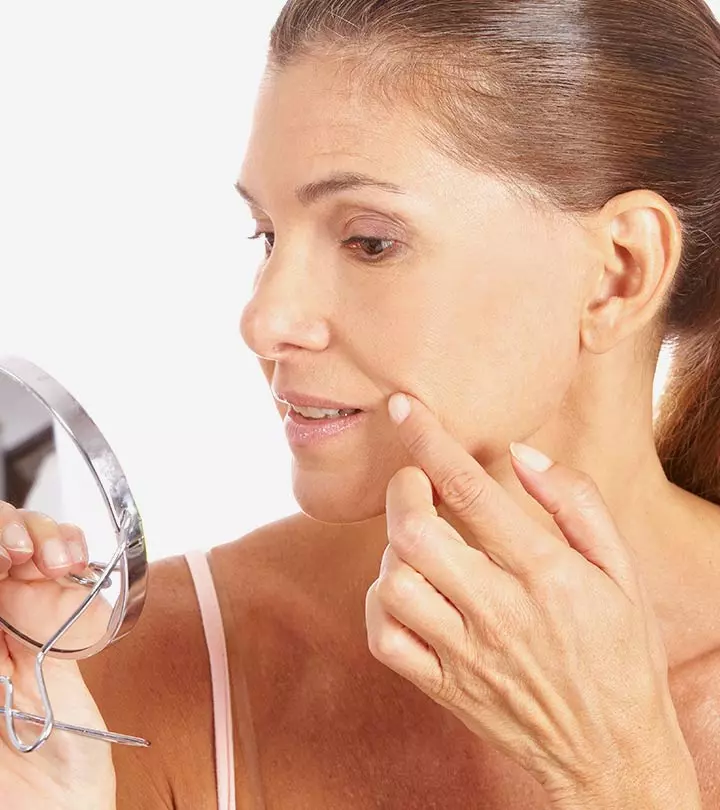

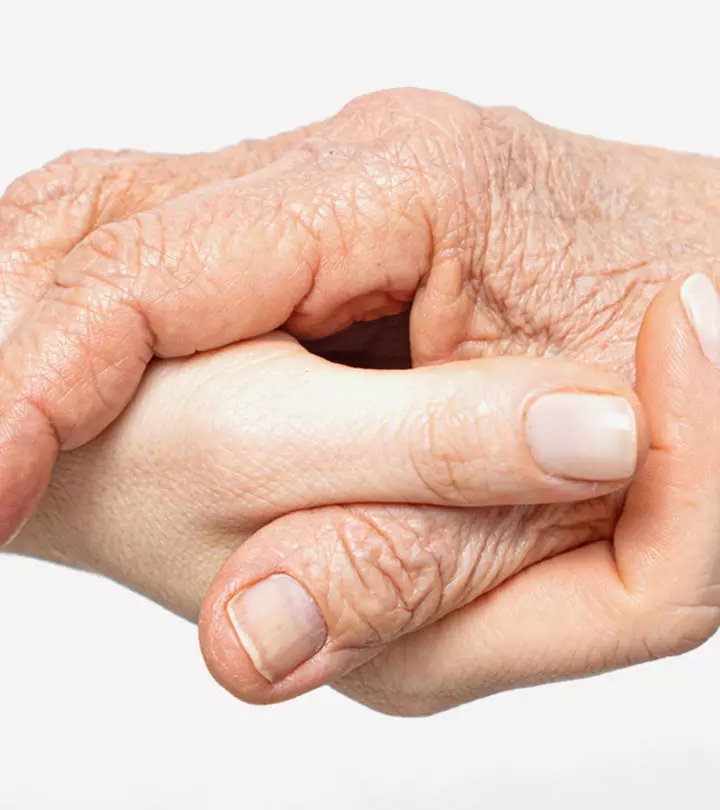
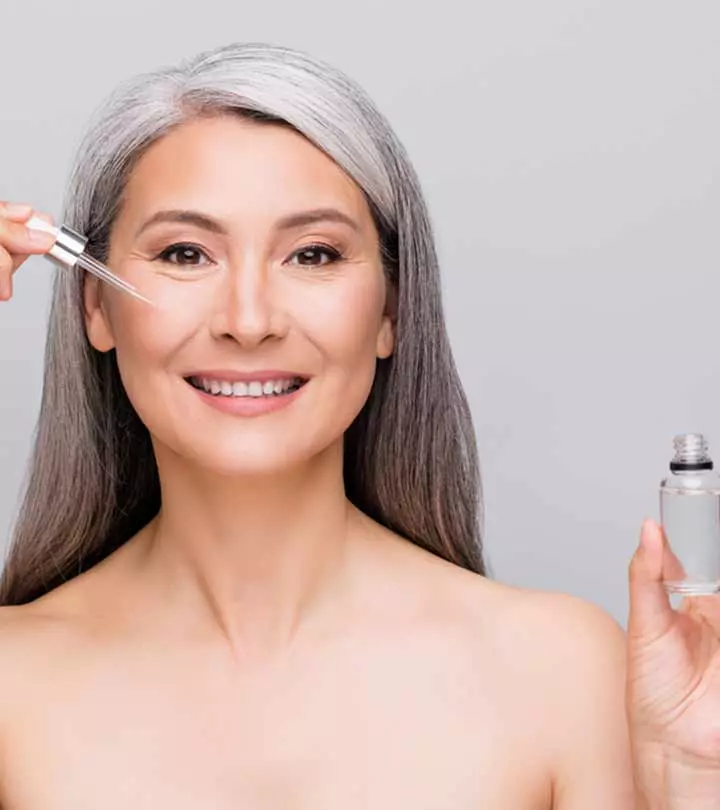
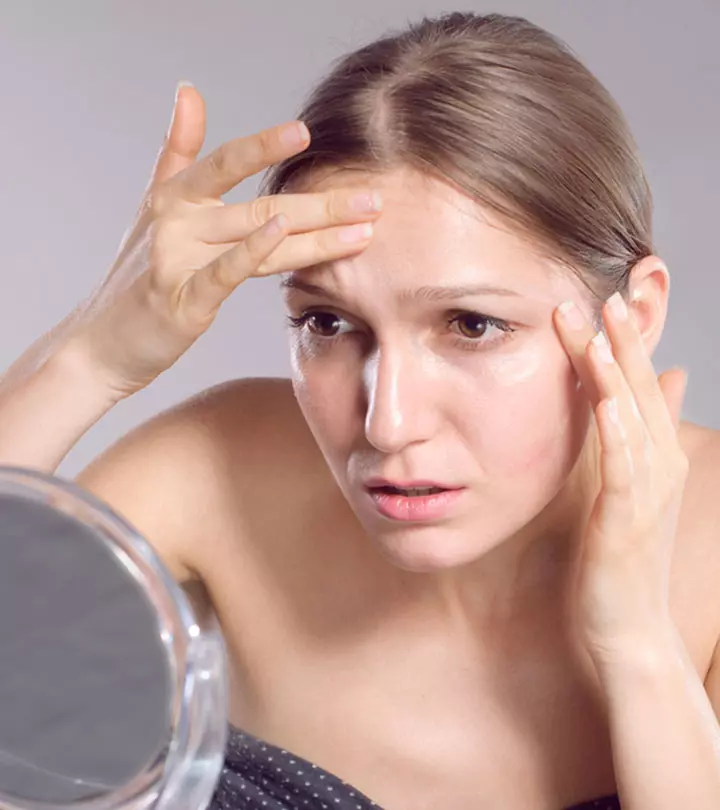
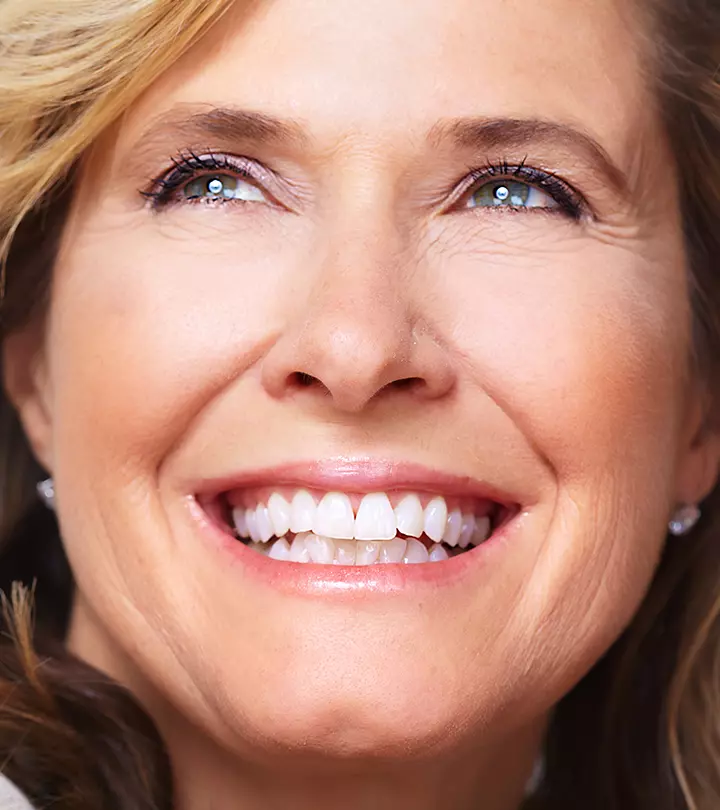

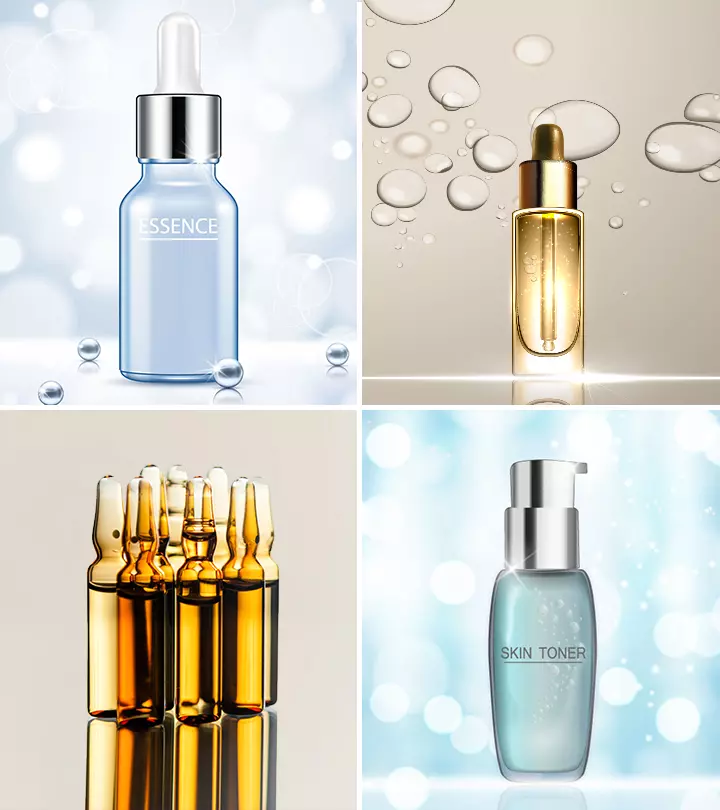
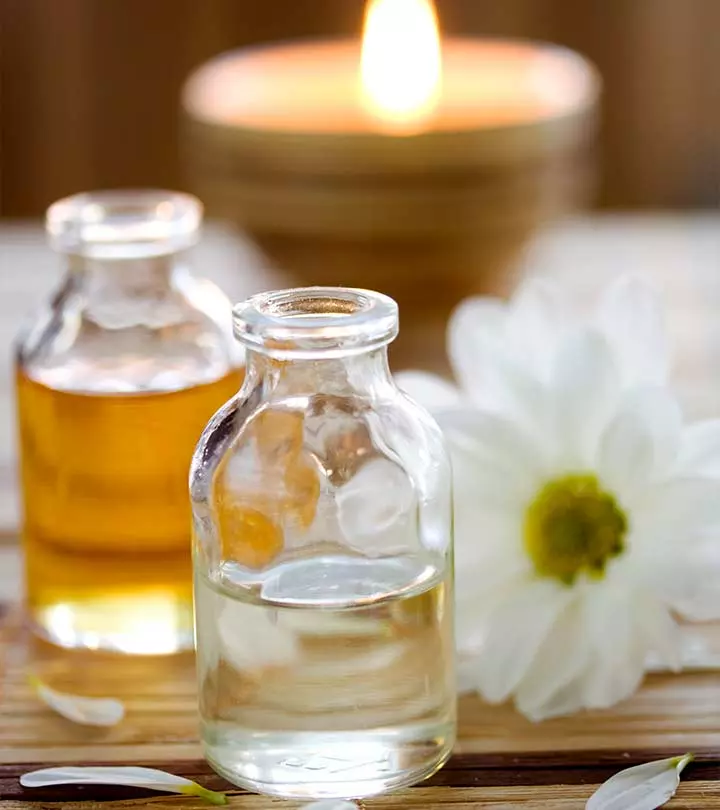
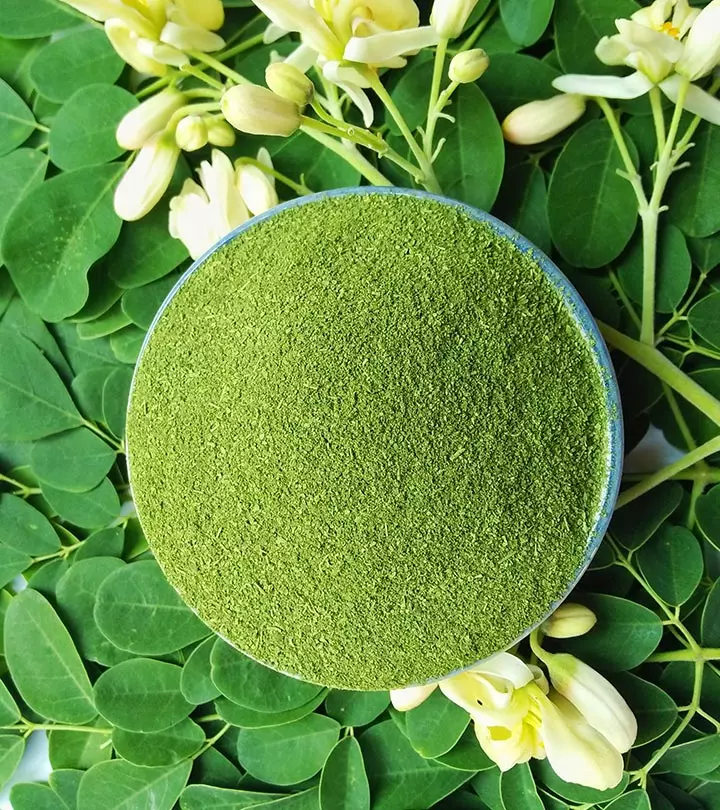


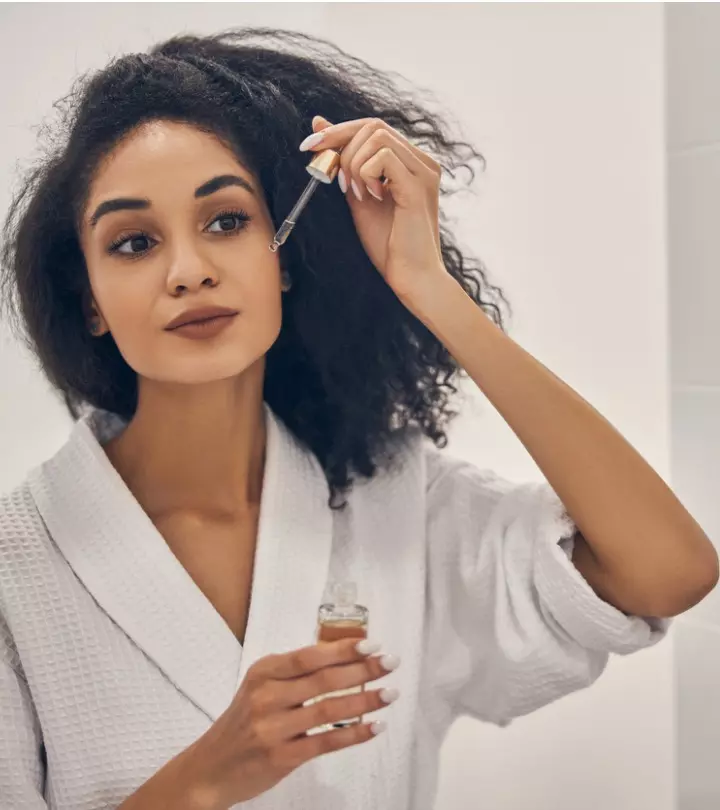
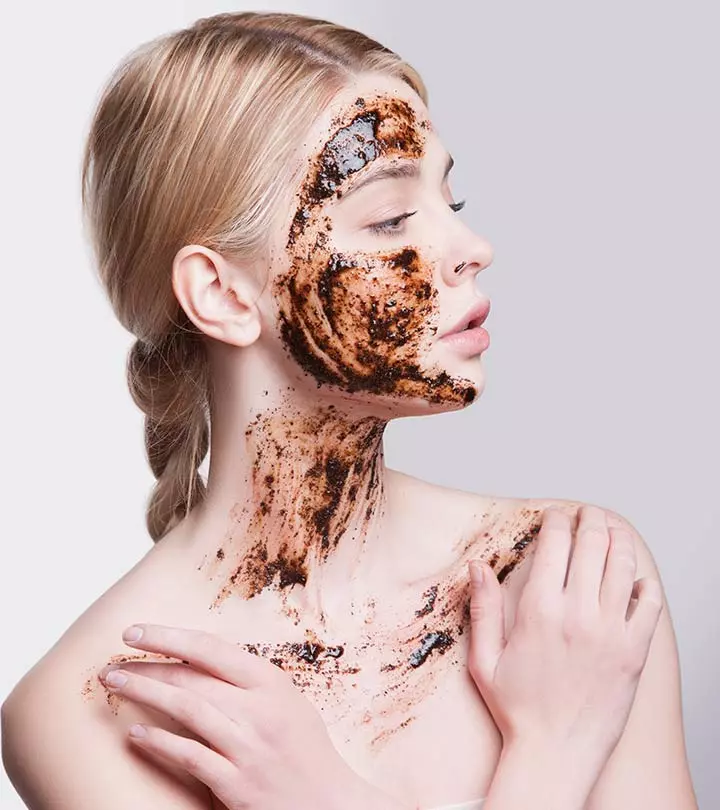

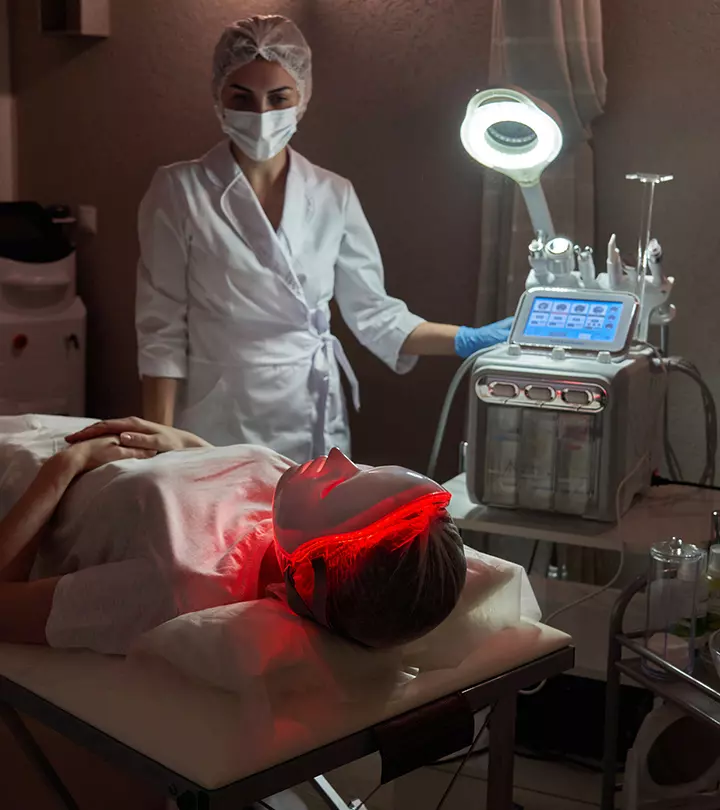
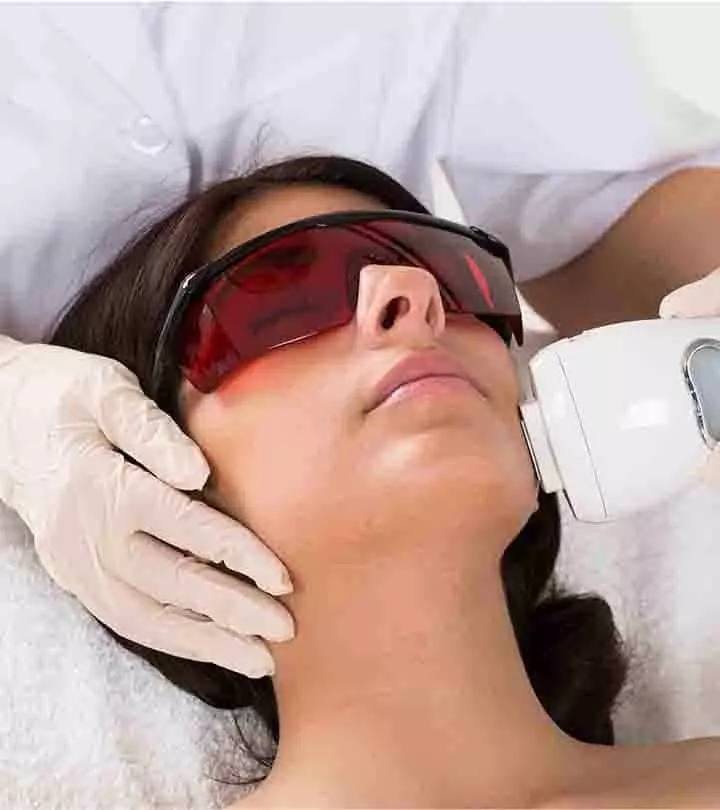
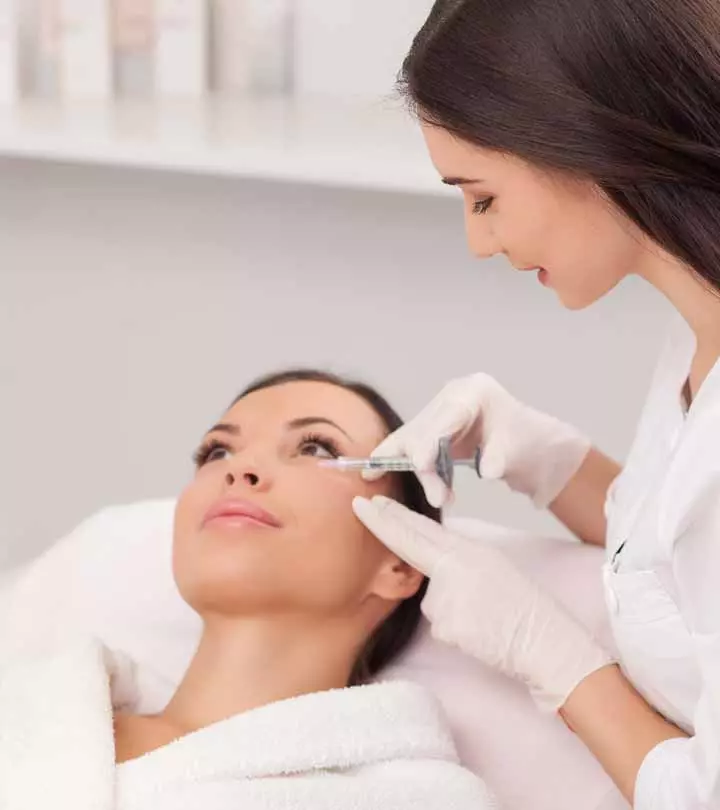

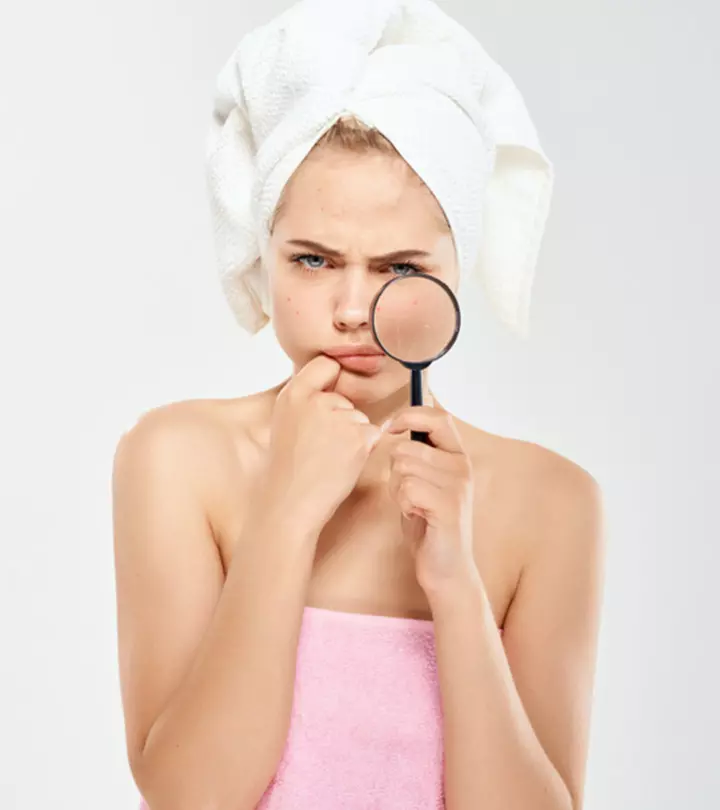

Community Experiences
Join the conversation and become a part of our empowering community! Share your stories, experiences, and insights to connect with other beauty, lifestyle, and health enthusiasts.